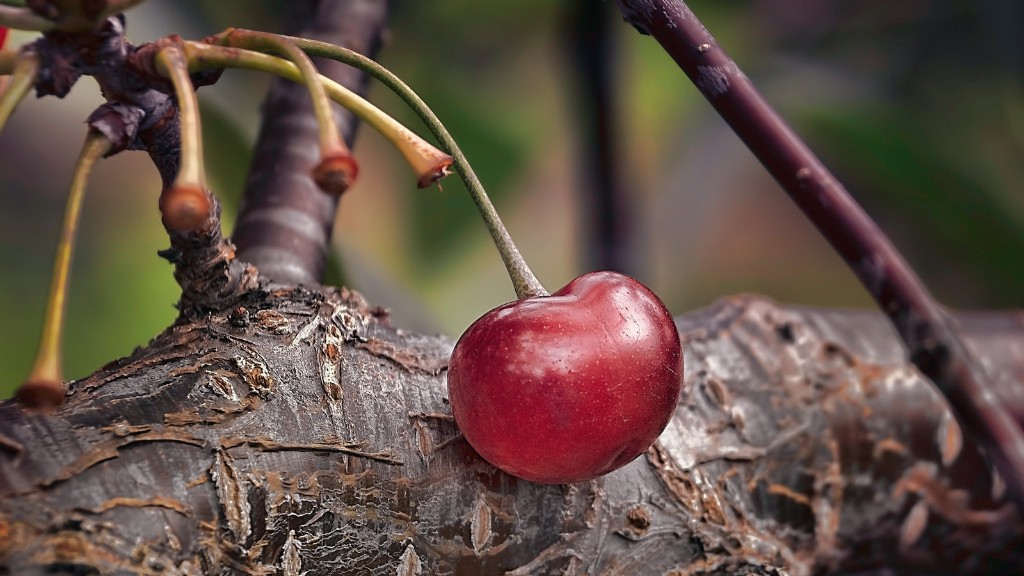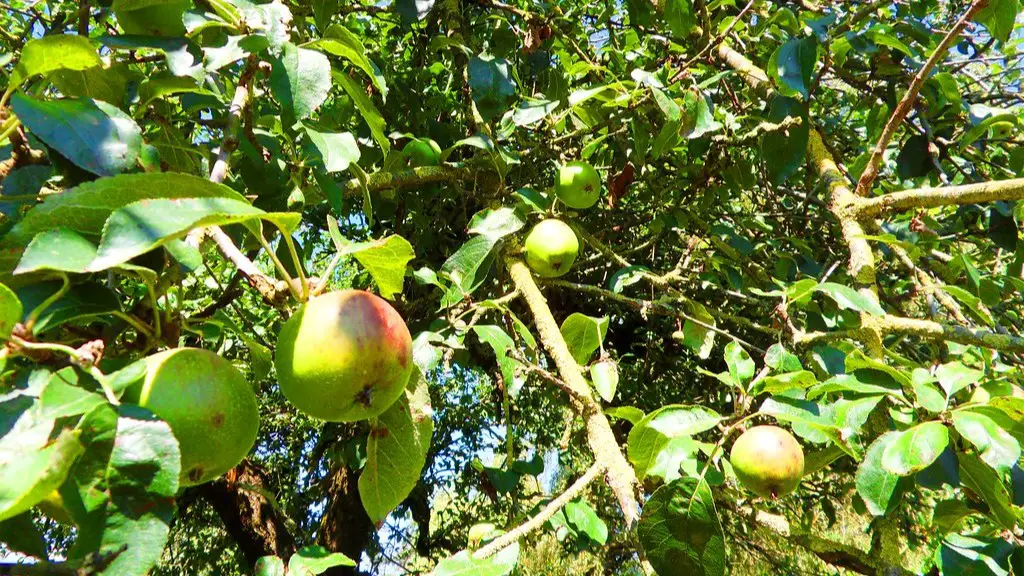Materials Needed
Drawing cherry blossom trees is relatively simple and does not require many materials. Pencils, rulers and erasers are the essential drawing tools. To get the most out of the drawing experience, a variety of drawing materials, such as colored pencils and markers, are recommended. Making a few copies of the tree template can also come in handy.
Preparing to Draw
Before beginning to draw the tree, take a few moments to reflect on the process and note the desired outcome. Working in short bursts often results in a better finished product than longer, uninterrupted drawing sessions. It is also important to take breaks throughout the session to remain energized and motivated. Preparing one of these simple sketches can help to visualize the proportions of the tree and the shapes of the branches.
Drawing the Tree
Once the basic shapes of the tree have been drawn, it is time to add the leaves. Start by sketching out the main branches with a pencil. These will form the shape of the tree. Next draw in the surrounding branches with smaller and lighter lines. When sketching out the branches, be careful not to make them too defined. All of the branches should be the same size and the same distance apart. This will help to create a uniform and balanced tree.
Once the basic shape of the tree is complete, it is time to start adding in the leaves. The leaves can be drawn in with either a pencil or a fine-tipped marker. The leaves should be drawn in clusters of two, three or four and should be slightly overlapping one another. After the leaves have been drawn, the tree should be filled in with different shades of green. This will give the tree a more realistic feel.
Adding the Blossoms
Once the leaves have been filled in, it is time to add the cherry blossom petals. The petals should be drawn in clusters of five or six, and each petal should be slightly overlapping the other. When drawing the petals, it is important to make sure that the petals match up with the shape of the tree and the leaves. Once all of the petals have been drawn in, start adding in the colors.
The colors of the petals should be light and airy. Use shades of pink and light red, or experiment with different colors to create a unique look. When the colors have been selected, start adding color to the petals. Use a variety of techniques such as hatching and cross-hatching to add depth and texture to the petals.
Adding the Finishing Touches
After the petals have been colored in, it is time to add the finishing touches. This includes adding small touches such as shadows and highlights to give the tree a more realistic feel. Use a softer pencil or a fine-tipped marker to add in the shadows and highlights. These should be added in small, subtle touches, and are best achieved by making multiple, small strokes.
Finally, the tree should be shaded with a variety of colors. This will give the tree an overall polished look. To enhance the overall look of the tree, a few leaves could be colored in various shades of green, or additional blossom petals could be added for a more vibrant look.
Adding Depth and Dimension
Adding a sense of depth and dimension to the tree can be achieved through various techniques. Start by adding a light shadow around the edges of the tree and the leaves, and then darken the areas around the bottom of the tree and the trunk to create a sense of depth. Carefully blending the colors together can help to create more realistic shadows.
Using a light brush, blend the colors together in the petal clusters. This will give the petals a more realistic, three-dimensional look. Additionally, adding light, curved strokes to the edges of the petals can make them look more natural and soft. This will also help to create a sense of depth and dimension in the tree.
Creating Flowing Movement
Creating a sense of movement in the tree can be achieved through various techniques. First, add gentle, curved lines to the branches of the tree to reflect the natural movement of the wind. Colors can also be blended together in the leaf clusters to create a sense of movement and energy.
Next, use a variety of lines and angles to create a sense of movement in the petal clusters. These can be either curved lines or jagged lines, but should be angled to create a sense of movement. Finally, add small, light touches of color to the petals to create a subtle, but vibrant effect.
Adding a Sense of Realism
Creating a sense of realism in the tree can be achieved through various techniques. Start by blending the colors together in the leaves and petals to create a soft, realistic look. The shadows should also be blended together carefully to create a subtle effect.
Additionally, use subtle shadows and highlights to create a sense of realism. These should be added in small, subtle touches, and should not be noticeable to the naked eye. This will give the tree a more believable and realistic feel.
Highlighting the Overall Effect
Finally, the overall effect of the tree can be enhanced with a few simple techniques. Begin by lightly shading the outline of the tree with a smooth, continuous line. This will create a subtle, but noticeable effect. Additionally, use light strokes of color to blend the petals and leaves together, creating an even more seamless effect.
To highlight the overall effect of the tree, a few leaves should be colored with slightly darker shades of green. This will add contrast to the tree and create a more vibrant effect. Additionally, adding a few touches of lighter color to the bottom of the petals can create a more dynamic and colorful effect. This can be achieved with either a colored pencil or a fine-tipped marker.

